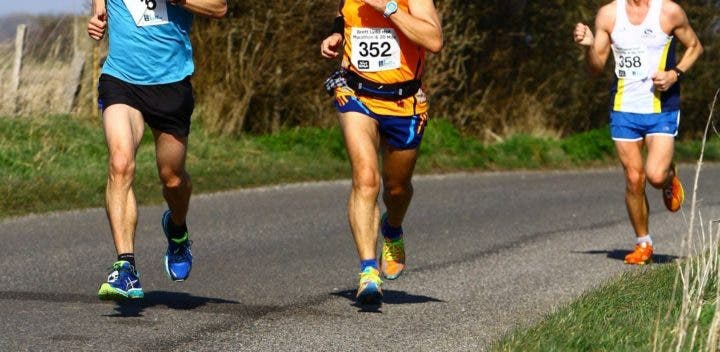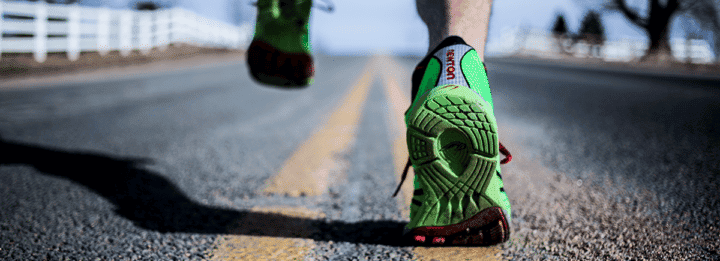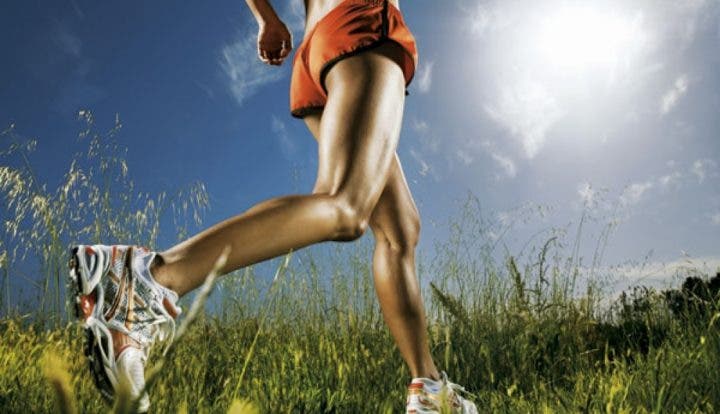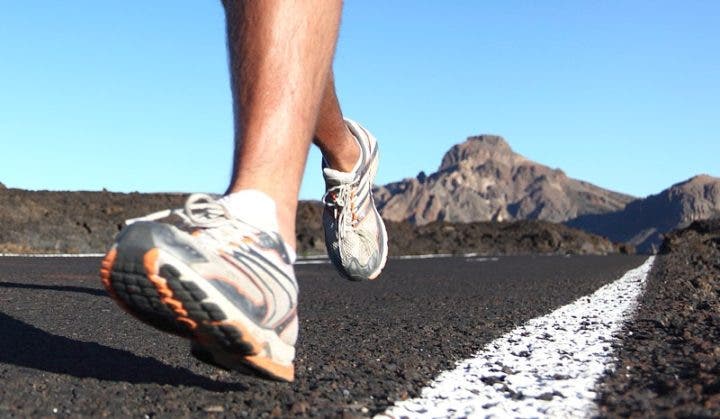The correct cadence for runners is a hotly debated topic right now. Certainly, there is no perfect number that guarantees a good cadence, but there are effective techniques that help improve it.
Achieving a better running cadence will not only help you run faster and with less effort, but you can also reduce the risk of injury, since it is proven that most injuries arise from the way in which movements are executed while practicing running.
In addition, the good news for runners is that when you improve your cadence, it is also very likely that the chances of future knee problems will decrease.
Learn how to find the cadence that allows you to be more efficient in your next races.

Training for running cadence
1. What is running cadence?
The cadence performed during a run is measured in steps per minute, and there are several ways to determine it:
- Counting the number of times your left foot hits the ground during 30 seconds, then double this number to obtain the total executed in 60 seconds, and double this last result again to obtain the total of both feet.
- From many watches that have you have the ability to measure running cadence .
- Through portable devices that measure running metrics, including cadence.
Most runners have a cadence between 150-170, and a few can reach 180 steps per minute. A rate of less than 160 running usually seen in runners who have failed to correct the problem of overstriding.
The overstep consists of the inappropriate execution of the stride during the race, and it is a very common mistake in many runners. However, as you improve your cadence, you will correct this as well.

2. How does stride length affect cadence?
The shorter the stride length, the faster the stride rate , and therefore the faster and better the run.
For example, if you have a low cadence, your stride will most likely be long, resulting in a bumpy run with more jumps; On the other hand, when your stride is not correct, it will make you more susceptible to injury.
In this sense, shortening your stride length will increase your cadence , and you will be faster and less prone to injury. As an added benefit, you’ll improve your footfall, resulting in a lesser amount of impact. Also, you will not waste energy with incorrect movements that cause you to propel yourself up and down.

3. How to improve running cadence?
It was previously indicated that there is no magic cadence number for all runners, but it is possible to find the ideal cadence for each runner .
To do this, keep in mind that there are several unique elements that play a very important role during running, including height, hip mobility, physical condition, and breathing rate. To improve it, consider these suggestions:
- Find your current cadence, and then try to improve it by 5-10%. For example, if you currently have a cadence of 160, then your goal would be to hit 168 steps per minute.
- For starters, increase your cadence with just one or two runs per week, or for short periods during each run.
- Training on a treadmill is often a way to start, as you can set the correct speed and make it stay constant.
- Once you run the race comfortably, it is because you have achieved a better cadence; then it will be time to confidently add another 5% to your career and repeat the process.

conclusion
Pay close attention to those erroneous beliefs that establish that the perfect cadence is 180 steps per minute, because each runner has a unique cadence , which responds to their physical conditions and running technique.
Therefore, do not forget that to improve it you should start by registering your current cadence and gradually increase it, based on a better form and stride length that will allow you to be more efficient and faster.
Reference
- Burdick, A. Finding Your Perfect Run Cadence. For Trainingpeaks [Revised January 2017]
